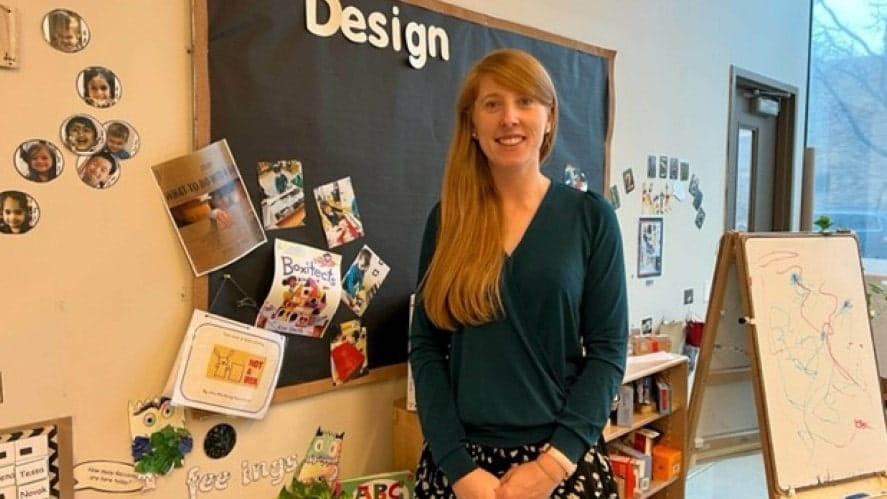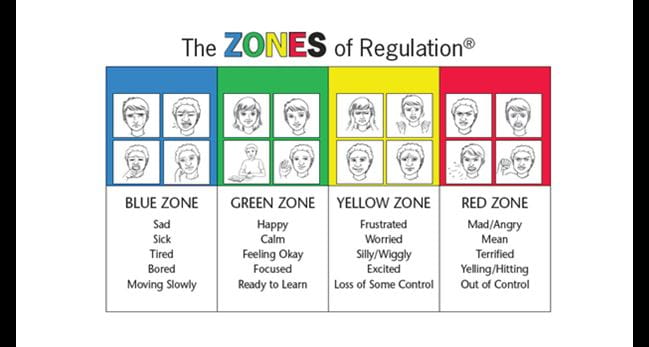We use cookies to improve your online experiences. To learn more and choose your cookies options, please refer to our cookie policy.

Let’s begin by thinking about a day or situation when we have felt out of sorts, or a trying circumstance tested our limits. How did you cope? How did you manage to move on?
Recognizing and understanding our emotions and feelings, however big or small, plays a key role in our abilities to adapt to a situation or environment. As adults, we are more able to name our feelings, making it possible to then regulate ourselves and continue moving forward. But this is only possible because we have learnt to discern our emotions and built-up strategies and tools for coping in a range of scenarios.
When and how should we begin to teach an understanding of emotions?
It is never too early to introduce children to developing an understanding of emotions and feelings. With the revision of the British Early Years Curriculum (EYFS), self-regulation was introduced as a strand within Personal, Social and Emotional Development, highlighting how important this area is in today’s society. This also raises the profile of understanding that without initial tools being modeled and scaffolded to them, children cannot independently begin to know how to or when to do this.
At British International School of Chicago, Lincoln Park (BISC-LP) we aim to foster a positive emotional climate by naturally talking about our emotions and regularly incorporating these conversations into our daily routines and curriculum. Within the classroom children are introduced to the ‘Zones of Regulation’. This begins right down with our youngest learners in Pre-Nursery. Using the ‘Zones of Regulation’ a child can break down, categorize, and group their feelings in order to support them to recognize each one. Adults scaffold and model tools and steps that can be used to clearly communicate their feelings.
So, what are the zones of regulation and what does it mean if you hear your child saying, “I’m feeling in the blue zone today”?
The Zones of Regulation are broken into four main colors. Into each of these colors we group different types of emotions. Across the school we continually give children the vocabulary they need to describe, identify and talk about their emotions within each zone. This can range from simply saying they are ‘sad’ or ‘happy’ to using extended vocabulary. For example, ‘miserable’, ‘heartbroken’ or ‘lucky’ and ‘cheerful’.
The optimal zone we aim to be in is the ‘green zone’. Within the ‘green zone’ we have feelings of calm, readiness, happiness and content. Here, we can listen, concentrate and work collaboratively. We are in control. However, sometimes things happen within our day that mean our feelings shift and we move into a different zone.
This could be the ‘blue zone’ where we might experience low energy or emotions such as, boredom, sickness, tiredness, sadness or just feeling down. Here, we may need to take a rest. Children are encouraged to use tools such as taking a drink of water or talking to someone.
Other days, we have moments of excitement and ‘yellow zone’ feelings. Our emotions in this zone may be elevated but we are still somewhat in control. These are described as feeling silly, ‘having the wiggles’, nervous, giddy or worried. When in the yellow zone we are encouraged to slow down; we may need to begin to think about our actions and take a few breaths.
Then, there are those moments in the ‘red zone’ when we exhibit strong emotions and high energy like feeling cross, angry, elated, enraged, mad and possibly even out of control. This is when we need to stop and access our tool kit to support our regulation.

Within BISC-LP you will notice a common language through the use of ‘zones of regulation’ and teachers asking the children ‘what zone are you in?’. This may be done as a check in throughout the day or at morning registration. Visuals are used around school to support not only our youngest learners but also in those moments when words may fail us. Another strategy that some year groups have used is creating a mindfulness toolkit that children can choose to personalize to show what helps them. Our specialist World Language teachers also incorporate it into their lessons as children learn to express emotions in a different language.
It is important to note that no feelings should be unvalidated. It is very natural to experience emotions in all the zones. We teach the children to value their feelings. There are no right or wrong feelings to have. Feelings will come and feelings will go. We just need to develop an understanding of how to describe them and then recognize the tools that one can use to regulate those stronger feelings and impulses.
So, next time your child talks about the zones, listen to them. Support them with extended vocabulary to explain in more detail about the emotions they are feeling. Tell them about what makes you feel in those zones too or suggest tools to help them regulate and independently manage their feelings.
Jennifer Partington, Reception Leader & Teacher